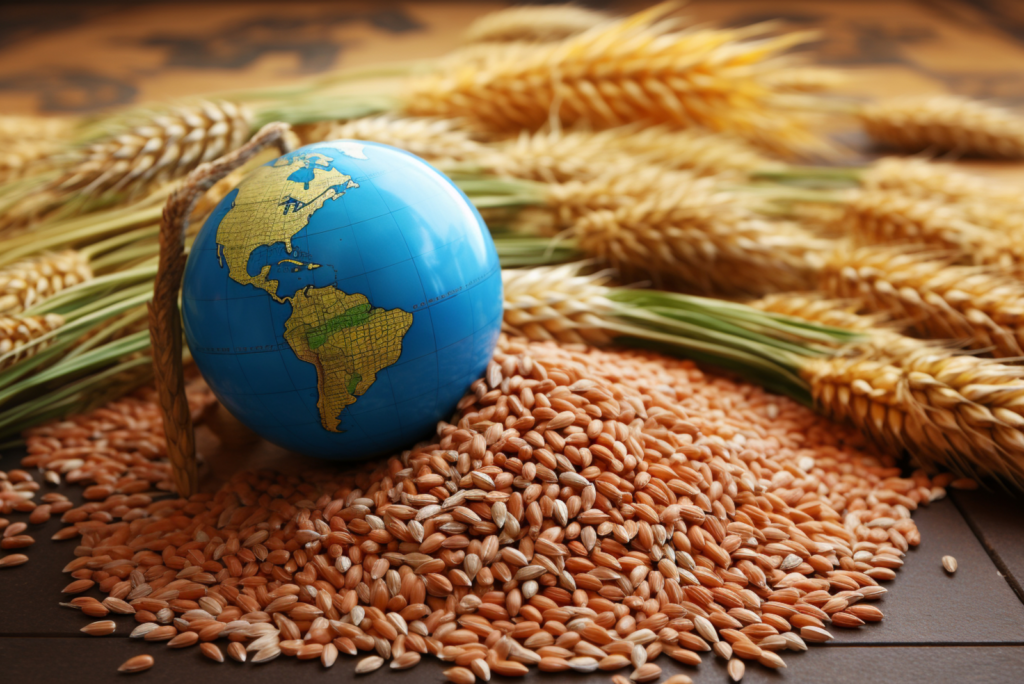WASHINGTON, DC — Food insecurity refers to a household’s inability to either obtain enough food to meet its needs on a regular basis, or uncertainty as to where future meals may come from. It’s a growing problem in the US, with over 44 million people experiencing food insecurity annually, according to Feeding America.
The USDA, which monitors the extent and severity of food insecurity in US households, publishes an annual report, “Household Food Security in the United States,” that includes data on household food security across four racial and ethnic groups: white, non-Hispanic; Black, non-Hispanic; Hispanic; and other, non-Hispanic. However, the statistics in this specific annual report do not include subgroups such as American Indian and Alaska Native, Asian, multiracial and others. Additionally, the report shows only the overall prevalence of food insecurity and very low food security for each of the four racial and ethnic groups. It does not provide information on the prevalence of food insecurity by household characteristics within each of the groups.
Over the past few years, the USDA took a deeper dive into these subgroups and released an extension of this annual report titled “Household Food Insecurity Across Race and Ethnicity in the United States, 2016–21.” In addition to the four racial and ethnic groups analyzed in the annual report, this extended study includes American Indian and Alaska Native, Asian, Hawaiian and Pacific Islander, and multiracial groups — including individuals identifying as both American Indian and white, individuals identifying as both Black and white, and other multiracial combinations.
The report noted three key findings:
– The prevalence of food insecurity ranges from a low of 5.4% for Asian households to a high of 23.3% for American Indian and Alaska Native households. Food-insecure households had difficulty at some time during the year providing enough food for all household members because of a lack of resources.
– The prevalence of very low food security ranges from 1.6% for Asian households to 11.3% for multiracial, American Indian-white households. Very low food security is the more severe range of food insecurity where the food intake of some household members was reduced, and normal eating patterns were disrupted at times during the year because of limited resources.
– Food insecurity varied substantially by country of origin. Among Hispanic-origin subgroups, food insecurity varied from 11.4% in Cuban households to 21% in Dominican households. Food insecurity among Asian-origin subgroups ranged from 1.7% in Japanese households to 11.4% in other Asian households.










